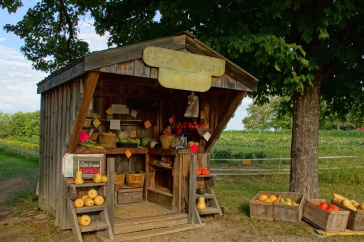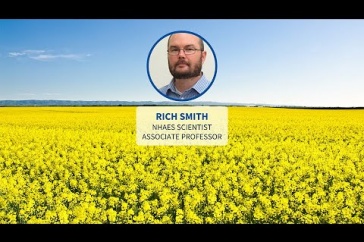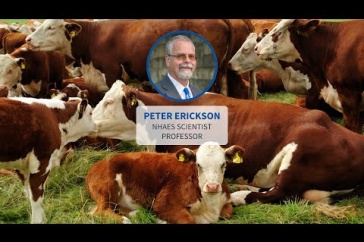
From left to right, New Hampshire Agricultural Experiment Station researchers Becky Sideman, Lise Mahoney, and Tom Davis.
Five pounds of strawberries might seem like a lot, but that is approximately how much each person eats each year, according to the U.S. Department of Agriculture (USDA). Given that much consumption, it’s good that strawberries are grown in every state in the U.S. and every province in Canada. In 2021, New Hampshire producers grew nearly 720,000 pounds of strawberries, generating more than $2.3 million in farm sales of the crop, according to the USDA’s National Agricultural Statistics Service (NASS).
What types of crop and plant research are taking place at your New Hampshire Agricultural Experiment Station?
At NHAES, we’re:
-
Studying resilient agriculture and preparing crops for climate change.
-
Investigating different diseases, pests, and insects impacting New Hampshire’s wild and cultivated plants.
-
Looking into best practices for growing crops.
-
Examining the policies that affect the Granite State’s food producers most.
-
Finding ways to grow crops uniquely adapted to New Hampshire and the Northern New England region.
-
Studying New Hampshire’s soil and how to maximize its output when growing plants.
-
And researching genetic and genomic make up of crops and wild plants to combat pests and disease, improve quality and yield, replenish diminished plant species, and prepare plants for changing environments.
Visit the NHAES website to learn more!
But...what if New Hampshire’s strawberry growers could grow strawberries all summer long or, better yet, well into the fall? Or floriculture producers and backyard gardeners could add pops of color with ornamental strawberry plants? Or we could adapt strawberries to local New England conditions by re-domesticating wild varieties using modern scientific techniques?
The New Hampshire Agricultural Experiment Station (NHAES) is celebrating National Strawberry Month by highlighting several ongoing research projects that dig into how to grow more strawberries and for longer, how to grow disease-resilient strawberries, even how to grow colorful strawberry flowers for decoration.
Becky Sideman & Kaitlyn Orde – Extending the Strawberry Season
Imagine picking ripe, red locally grown strawberries for your Thanksgiving dessert dish. That may be on the horizon as a result of research led by NHAES scientist Rebecca Sideman, a professor in the College of Life Sciences and Agriculture and an Extension State Specialist. Sideman is investigating how to grow day-neutral strawberries—plants that are able to produce fruit throughout the summer rather than the current few weeks of ripe strawberry availability in New Hampshire.
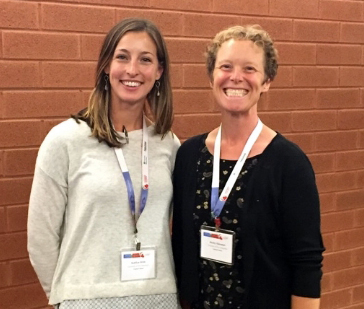
By extending the growing season across numerous months, New Hampshire producers could boost productivity of the state’s strawberry fields to as much as 15,000-plus pounds per acre (lbs./acre) within the first year of planting – or even higher. The result could mean close to 2 million pounds of strawberries grown locally each year if every strawberry farm’s plants became that productive, and it could mean fresh, New Hampshire-grown strawberries being shared even at Thanksgiving dinner!
Sideman and research associate Kaitlyn Orde '09, '18G grew berries in low tunnels – temporary structures, about 4-feet tall, that resemble small greenhouses – as part of a seven-state research and extension project known as TunnelBerries. Developing experiment plots at the Woodman Horticultural Research Farm, they were able to extend the strawberry growing season from mid-July through the end of November – well past New Hampshire’s typical strawberry growing season of 4-6 weeks. They also found that the low tunnels significantly increased the percentage of marketable fruit, from an average of about 70 percent to 83 percent.
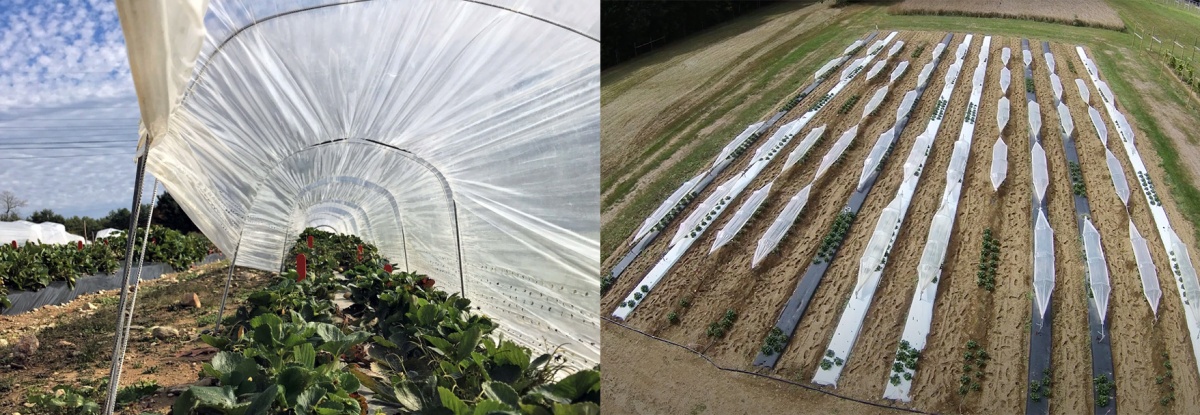
“Most New Englanders look forward to strawberry season because regionally produced strawberries are delicious,” said Orde, a graduate of the Agricultural Sciences program at COLSA. “They also are a very valuable early season crop for farmers throughout the region. Unfortunately, though, this season is very brief, usually only about four to six weeks each year, limiting the period in which our regional producers can meet consumer demand for the fresh fruit. A longer strawberry season is good for both grower and consumer.”
"Unfortunately, though, this season is very brief, usually only about four to six weeks each year, limiting the period in which our regional producers can meet consumer demand for the fresh fruit. A longer strawberry season is good for both grower and consumer."
In addition to NHAES support, Sideman’s strawberry research is also partially supported by a Sustainable Agriculture Research and Education grant, which focuses on educating and providing resources to the region’s strawberry growers on best practices for overwintering June-bearing strawberries and evaluating the effects of low tunnels on strawberry yield and quality.
Lise Mahoney – Developing Delicious and Beautiful Strawberry Varieties for Northern New England
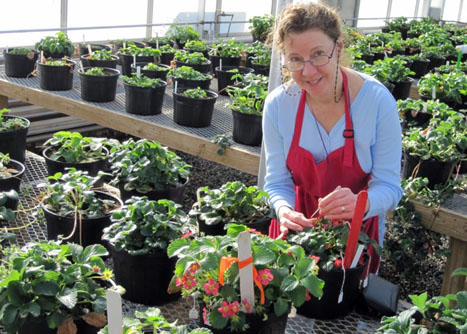
Lise Mahoney '14G, NH Agricultural Experiment Station scientist and emerita research professor in COLSA, is developing organic fresh-market (sold as fresh fruit berries) and ornamental (sold for decorative purposes) strawberry varieties specifically suited for Northern New England. To date, strawberry varieties have not been developed for the northern New England region, said Mahoney.
“My research focuses on improving the flavor of strawberries and disease resistance while also improving the efficiency of strawberry breeding using traditional breeding techniques and DNA information to incorporate in preferred traits. Traits of interest include day-neutrality, disease resistance, fruit quality and yield, for seed and vegetative propagation,” added Mahoney. “For example, when the plant is young, we can tell by markers which traits it will possess.”
Seed propagation refers to a plant’s ability to reproduce via seeds and vegetation propagation describes a plant’s ability to reproduce asexually (i.e., able to grow from parts of itself).
"My research focuses on improving the flavor of strawberries and disease resistance while also improving the efficiency of strawberry breeding using traditional breeding techniques and DNA information to incorporate in preferred traits."
Within her research, Mahoney is creating and releasing U.S. Department of Agriculture-certified organic strawberry varieties, which she adds will inherently be more productive in New England because the varieties are selected in and for the region. These new, locally adapted strawberries will help New Hampshire farmers meet local demand, in turn reducing the cost of shipping strawberries from California, which produces 75 percent of the strawberries grown in the United States. The same is true for ornamental strawberries, which are typically all sourced from Europe, Mahoney added.
“Ornamental varieties can be used in edible landscaping and as hanging plants, among many other uses,” said Mahoney. “The ornamentals I’m creating come in a range of different colors, including red, coral, lavender, and fuchsia, all in addition to the traditional white flowers of strawberry plants.”
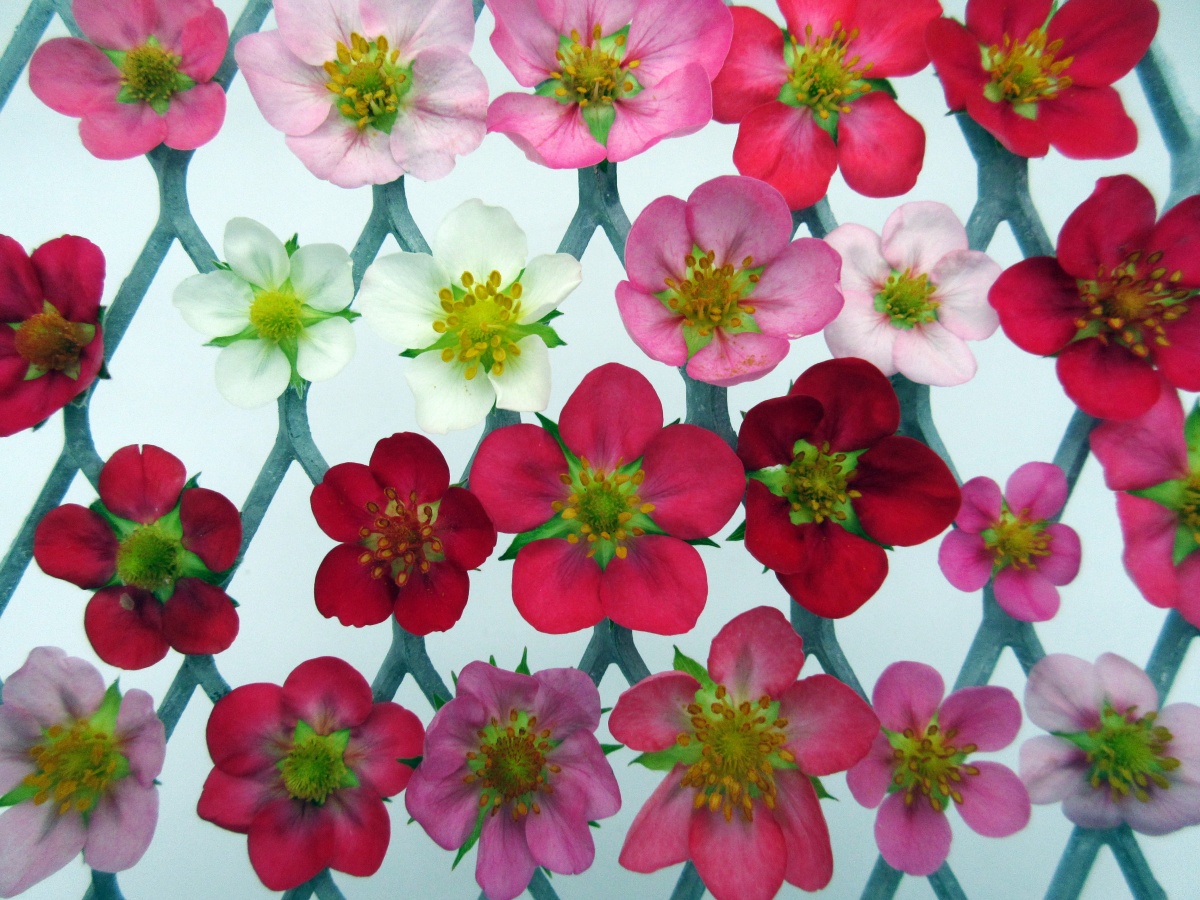
Tom Davis – Domesticating New England’s Wild Strawberries

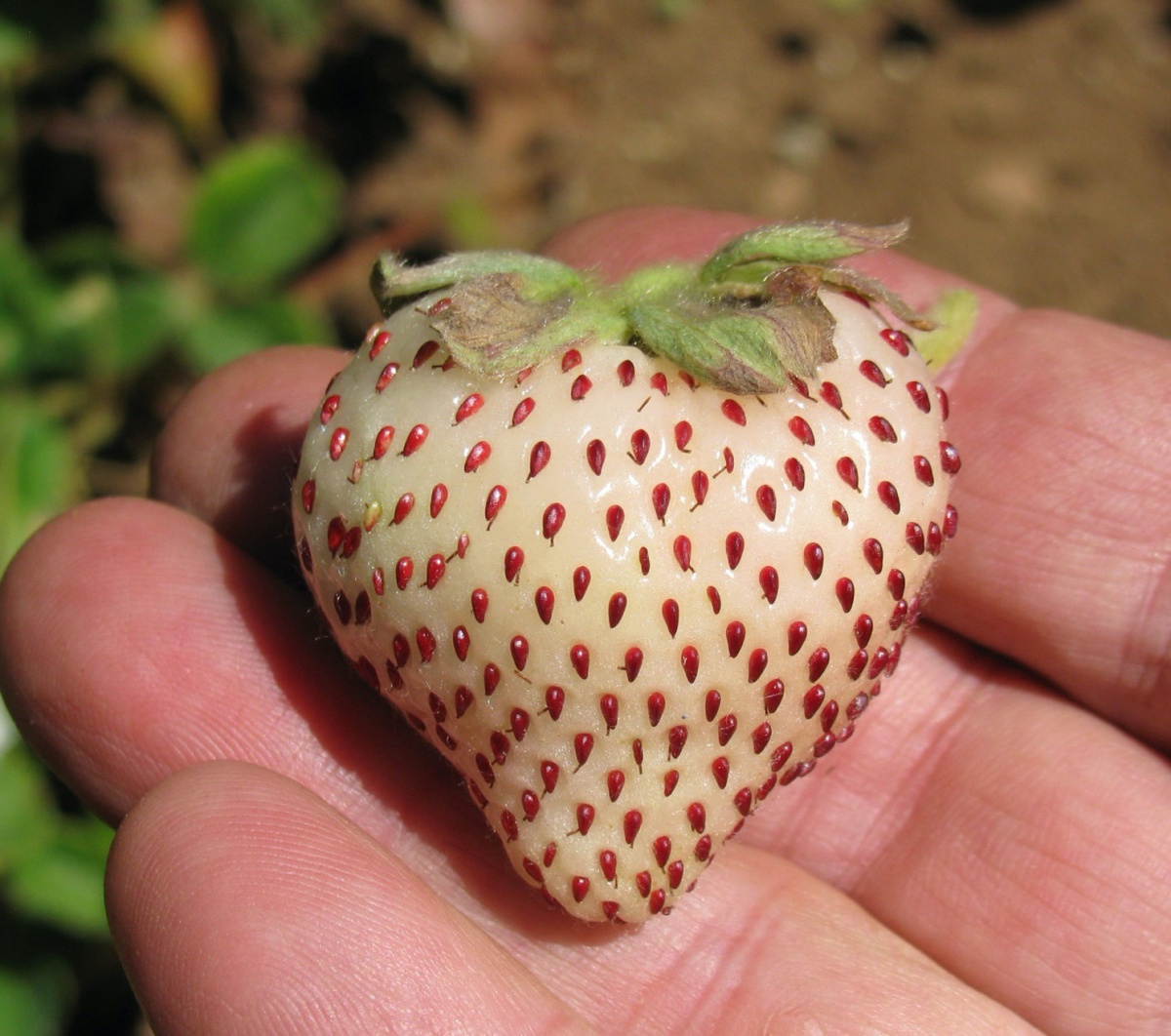
Tom Davis has traveled the world in the study of wild strawberries. He’s gathered strawberry germplasm (i.e. plant material, like seeds or tissue, containing genetic information) on the sparsely populated northern Japanese island of Hokkaido; in the fields of Chile, home of the partially domesticated white Chilean strawberry; and the mountains of Alaska, Colorado, British Columbia, and New Hampshire. His goals: to discover more about the origins of today’s wild and cultivated (i.e., farmed or grown as crops) strawberries, and to develop knowledge and tools to assist strawberry breeders.
“The strawberry is genetically very complex,” said Davis, NH Agricultural Experiment Station scientist and emeritus professor in COLSA. “By understanding the genetics of the strawberry and by understanding its ancestry, I’m hoping to answer the question of, ‘Can we take our wild, locally adapted strawberry species and domesticate one or both of them?’ The result will be a more locally adapted plant better suited for cultivation (and capable of surviving) in New Hampshire’s climate and have more flavorful berries.”
"By understanding the genetics of the strawberry and by understanding its ancestry, I’m hoping to answer the question of, 'Can we take our wild, locally adapted strawberry species and domesticate one or both of them?'"
In his research, Davis focuses on what’s called de novo domestication—using genome editing to incorporating genes and traits from domesticated plants with non-domesticated, wild species to create entirely new crops. In domesticating New England’s wild strawberries, Davis and his team have two goals: increase the size of the fruit and extend the period in which the berries can be harvested.
“While we don’t want to inflate the size of these wild strawberries to compete with today’s cultivated strawberries, a moderate increase would make wild strawberries easier to harvest in desired quantities,” said Davis.
“Additionally, almost all wild strawberries are June-bearing (short-day bearing), making locally harvested wild berries available for just a few short weeks out of the year,” he added. But research by COLSA graduate Samikshya Rijal ‘20G helped to isolate the genetic markers that influence the flowering period of the wild strawberry. Using this information, Davis and his team plan to develop “everbearing” varieties of wild strawberries that can flower and produce fruit from late spring into late fall.
Support for Sideman’s project into best practices for small fruit production in New Hampshire (award number 1019868), for Mahoney’s research into new Northern New England varieties of strawberries for crop and ornamental production (award number 1020307), and Davis’ de novo plant domestication in New England (award number 1019990) comes from the USDA National Institute of Food and Agriculture and the state of New Hampshire, and is facilitated by the New Hampshire Agricultural Experiment Station.
-
Written By:
Nicholas Gosling '06 | COLSA/NH Agricultural Experiment Station | nicholas.gosling@unh.edu

















































